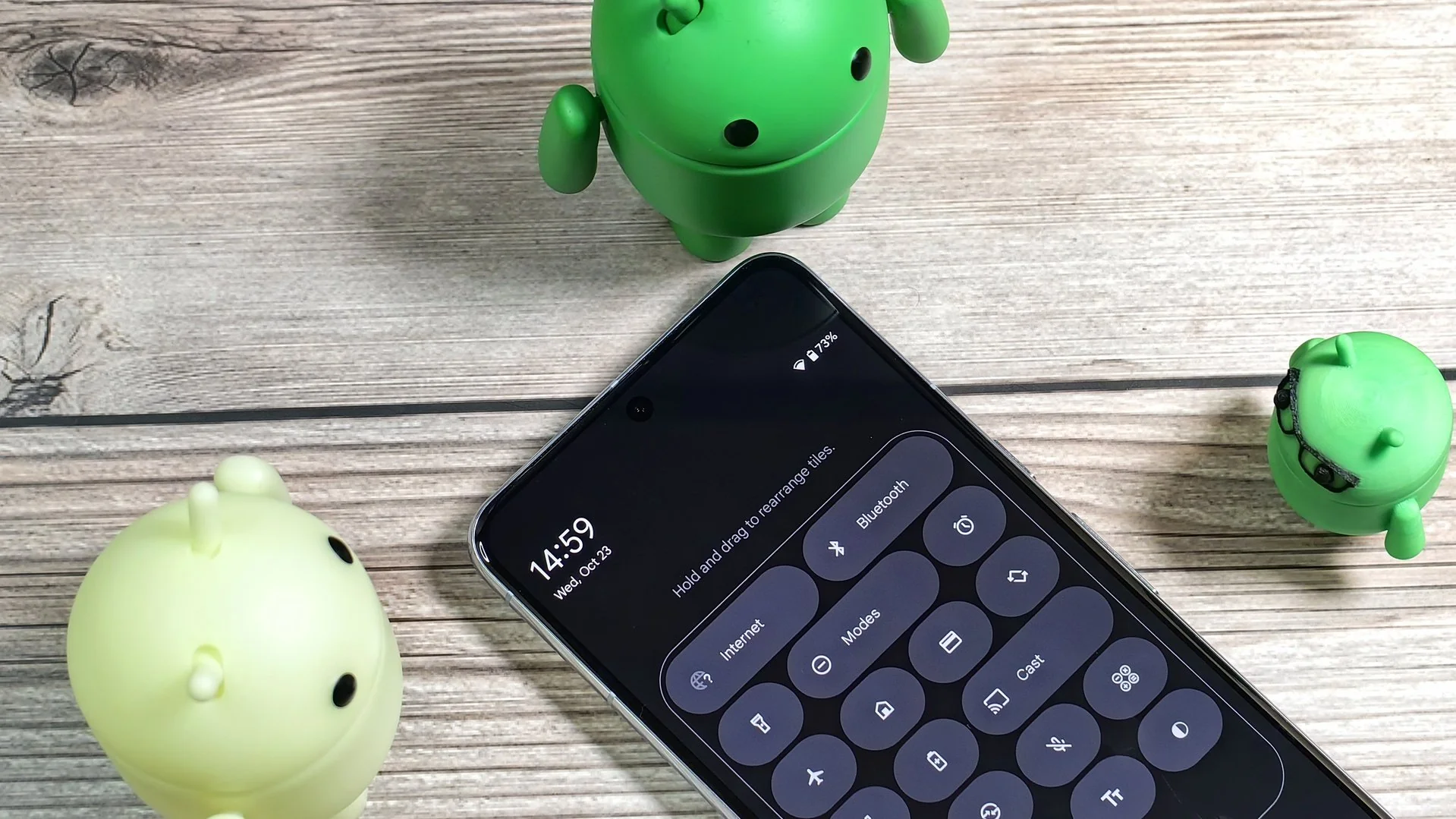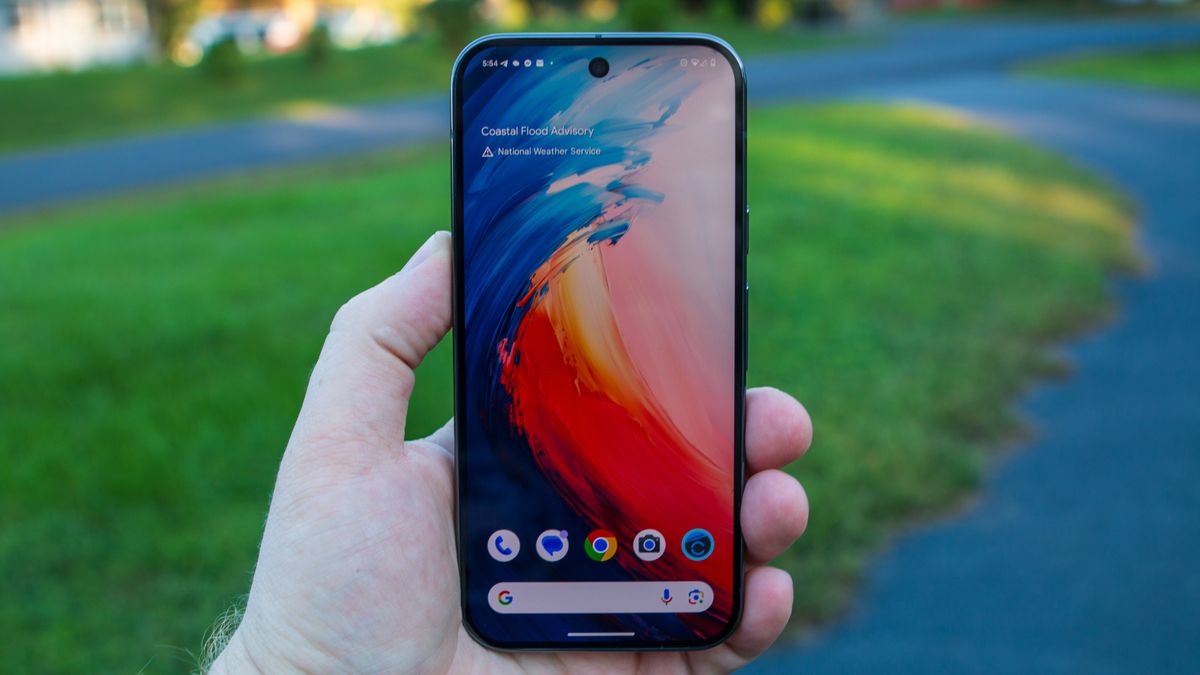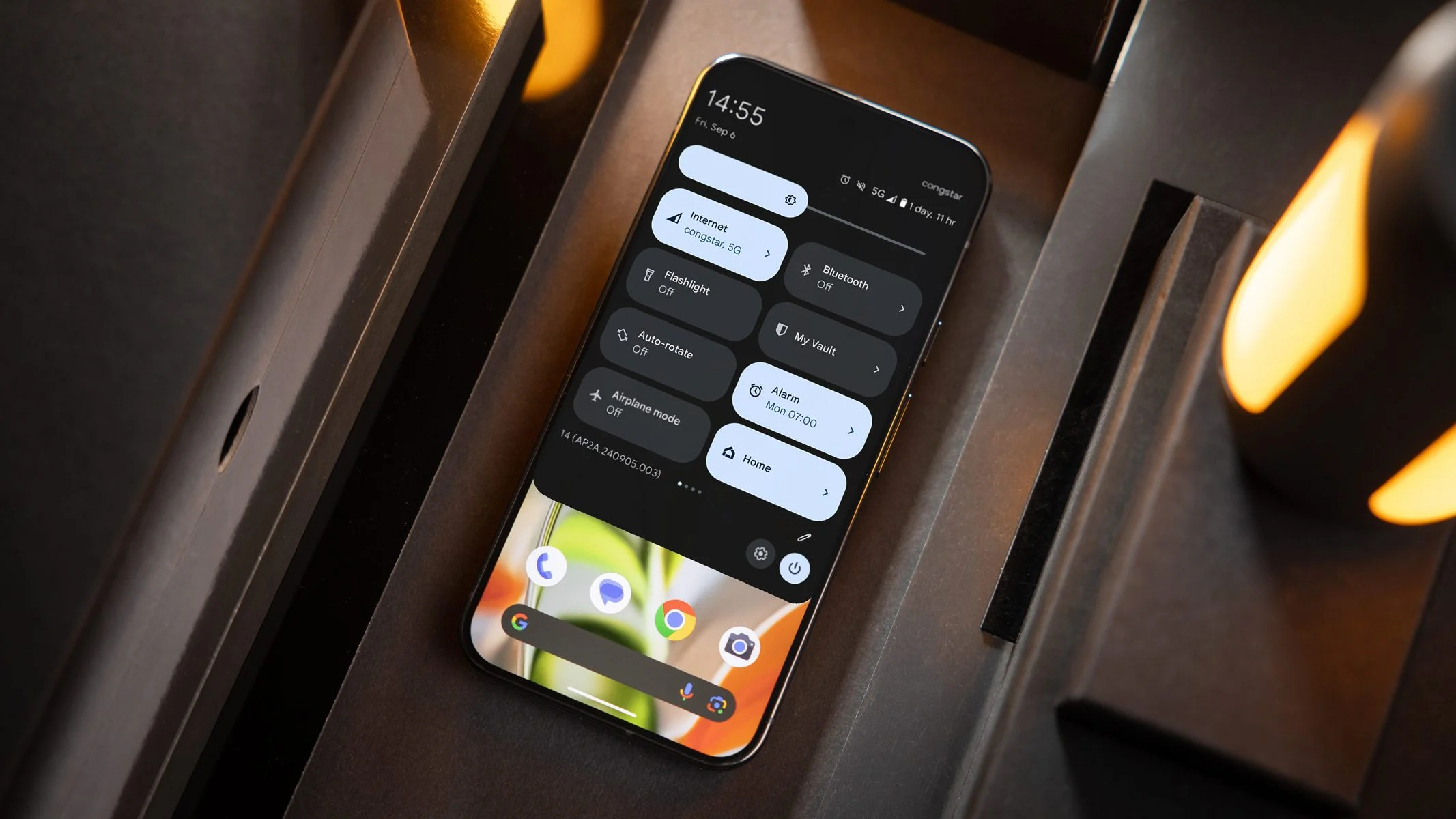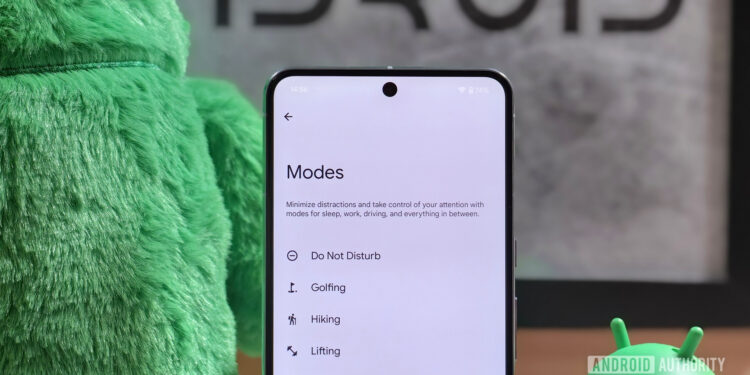Google’s Android platform is on the cusp of a transformative change with its upcoming Android 16 update, marking a significant evolution from the traditional ‘Do Not Disturb’ settings. The change introduces a new feature aptly named ‘Modes’, which is set to revolutionize how users interact with their devices by offering unprecedented customization.

From Do Not Disturb to Modes: A Seamless Transition
The precursor to this innovation was first spotted in the Android 15 QPR 1 Beta 3 release, which hinted at a significant overhaul of the existing Do Not Disturb (DND) feature. Mishaal Rahman, a noted tech analyst from Android Authority, shared insights from the beta’s findings, revealing that what was once known as Priority Modes has been refined into the simpler ‘Modes’. This reimagining includes a plethora of customization options that go beyond the confines of the traditional DND settings.
Customization at the Core of Android 16
‘Modes’ in Android 16 is not just a renaming of an old feature but a complete redesign that puts personalization at its core. Users can now create multiple modes tailored to their needs, each with its own unique name, icon, activation trigger, and settings for display and notifications. The flexibility extends to how these modes are accessed—through a new Quick Settings tile that allows for swift toggling on and off, ensuring these modes are just a tap away.

When enabled, each mode’s icon will appear on the status bar, lock screen, and always-on display, offering users a constant visual reminder of their current settings. This feature represents a leap towards a more intuitive and user-centric interface, where personalization is both seamless and visually engaging.
Enhanced User Interface and Accessibility
The beta firmware has also unveiled that the Quick Settings tile, upon interaction, expands into a vertical scrolling list. This list not only displays all the mode names but might soon include short descriptions, enhancing user understanding and accessibility. If multiple modes are active, the tile adapts to show the number of active modes rather than just the name of the first one set, adding to the dynamic usability of the feature.
In terms of customization, Google is reportedly offering around 40 unique icons for users to choose from, with expectations of this number growing by the time Android 16 rolls out officially. Such developments suggest that Google is heavily investing in making the user interface as accommodating and versatile as possible.

A Look Towards the Future
As Android 15 begins its journey across devices, the anticipation for Android 16 continues to build. With these new, user-driven enhancements, Google is setting a new standard for operating system functionality that prioritizes individual user needs and preferences. This approach not only enhances the overall user experience but also cements Android’s position as a leader in mobile technology innovation.
The introduction of ‘Modes’ is a clear indicator that Android is moving towards a more personalized and user-focused future. For tech enthusiasts and everyday users alike, the upcoming updates are a promising glimpse into a more customizable and intuitive mobile experience. As we look towards the future, it’s evident that Android 16 will be more than just an update—it will be a new way to experience mobile technology.










